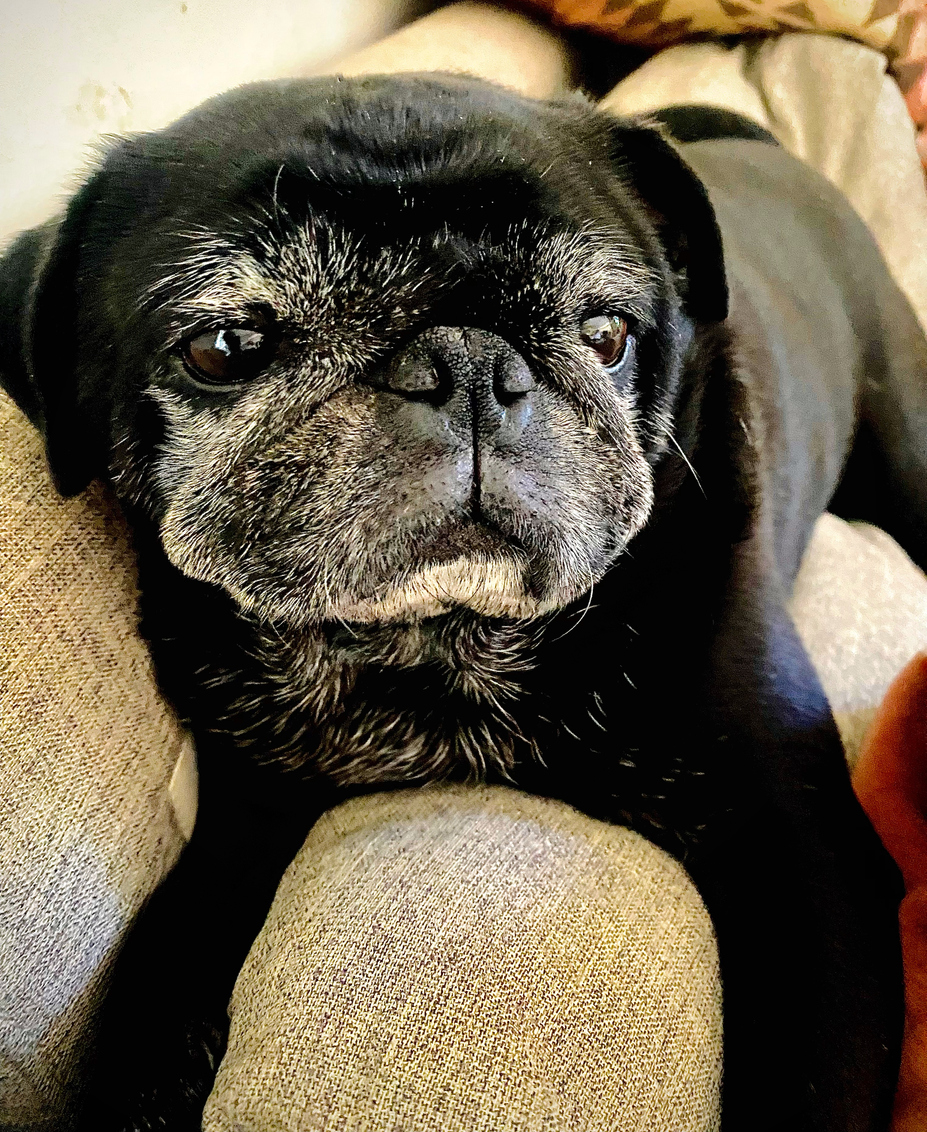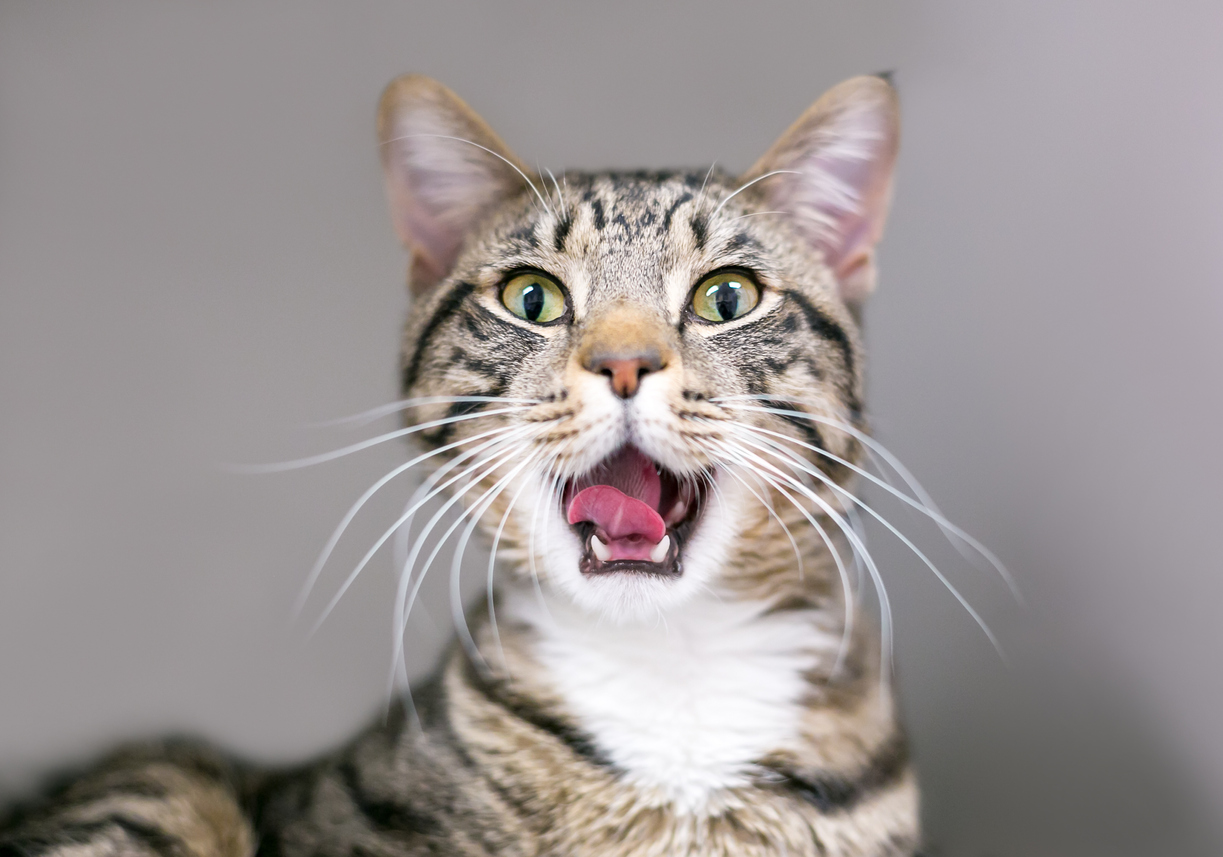Aortic Thromboembolism in Cats
What is aortic thromboembolism?
Aortic thromboembolism (ATE) is a devastating condition. The aorta is the main artery of the body that carries oxygenated blood from the heart out to the rest of the body. The word thromboembolism combines the words thrombus and embolism. A thrombus is a blood clot that occurs inside a blood vessel, and the word embolism describes that the clot has traveled through a blood vessel to a location far from where it formed. /p>
An aortic thromboembolism results when a blood clot is dislodged and travels through the aorta, becoming lodged in a distant location. This causes severely reduced blood flow to the tissues receiving blood from that particular part of the aorta, leading to decreased oxygen in the tissues.
This condition is also sometimes called a saddle thrombus.
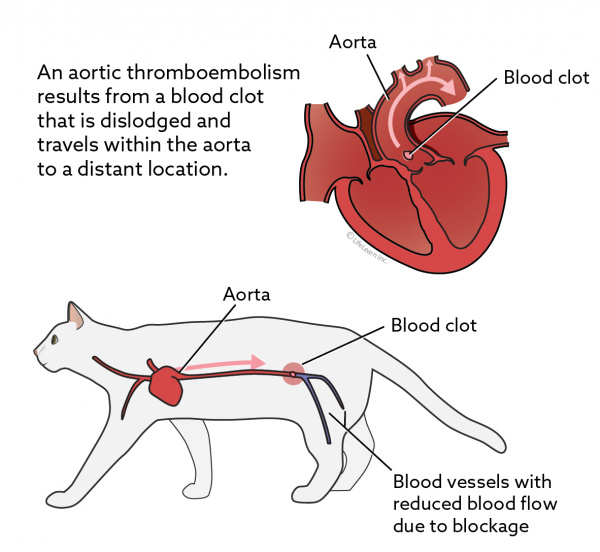
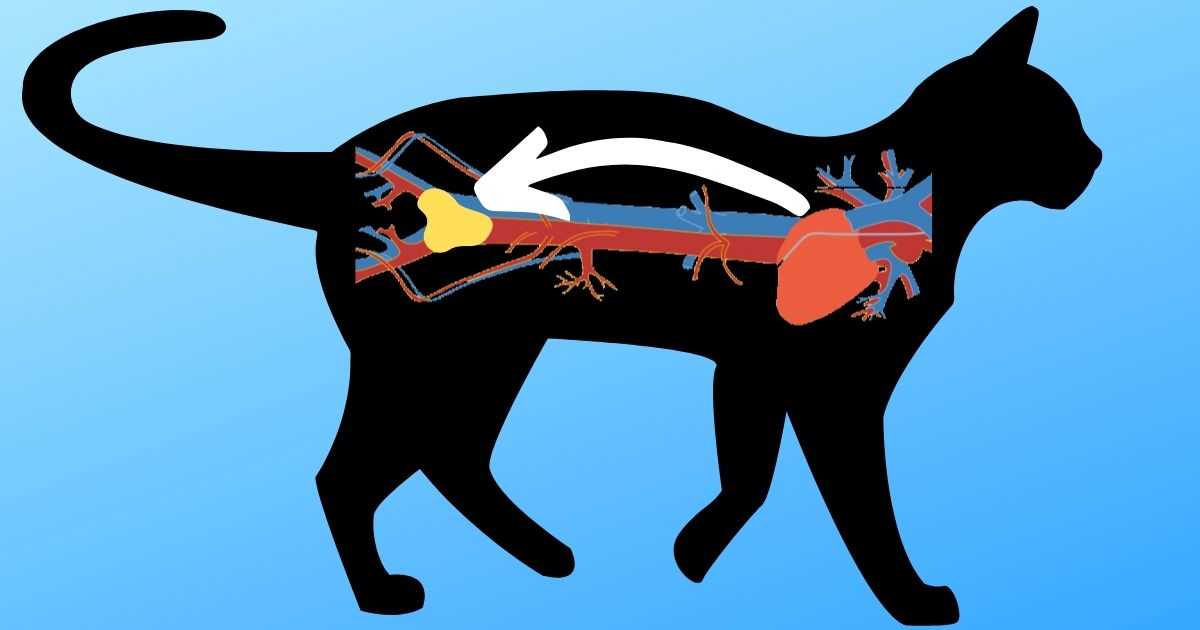
What cats are at risk for this?
While aortic thromboembolism is a rare occurrence in dogs, this disorder is much more common in cats. Mixed breed cats, Abyssinian, Ragdoll, and Birmans are the most commonly affected, and males are more likely to be diagnosed than females. The age range of affected cats is reported as 1 – 21 years of age, but most commonly occurs between 8 – 12 years of age.
Affected cats may have underlying heart disease called hypertrophic cardiomyopathy, in which the heart muscle thickens and the lower heart chambers (ventricles) decrease in size (see handout "Cardiomyopathy in Cats" for further information on this type of heart disease).
Aortic thromboembolism can also be associated with cancer or with a body-wide generalized infection called sepsis.
What are the signs of aortic thromboembolism?
Sudden paralysis and pain, usually in the rear legs, are the most common clinical signs of aortic thromboembolism, although weakness and lameness may be seen. If the rear limbs are affected, there may be decreased or absent pulses in the femoral arteries of the rear legs. Sometimes a front leg is involved. Rapid breathing or difficulty breathing may also be seen. The cat may vocalize from pain and may act anxious. Occasionally the cat will vomit. The nailbeds and footpads may be pale or bluish. The cat may also experience a lower than normal body temperature. Sometimes the heart will sound abnormal through a stethoscope, with a murmur or irregular heartbeat being heard.
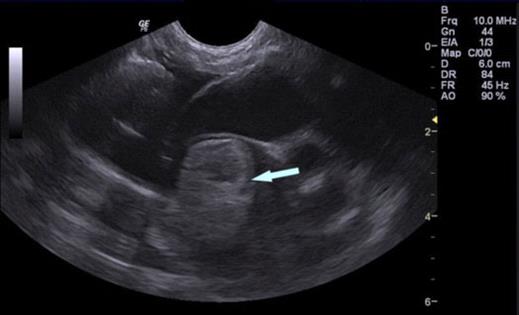
How is aortic thromboembolism treated?
Initially, cats may need to be treated as inpatients, because they may have serious co-existent disease like congestive heart failure (CHF). They may be quite painful and anxious. Supplemental oxygen therapy may be beneficial. Initially, affected legs should be handled minimally. As blood flow returns, physical therapy (passive extension and flexion of the legs) may speed full recovery. Affected cats may need assistance with urinating and defecating. It is best to restrict activity as treatment starts, and the main goal is to keep the cat stress free.
Because stressed cats tend to not eat, it is important to encourage food intake in any way possible. Cats who stop eating suddenly can accumulate fats in the liver, a condition called hepatic lipidosis or fatty liver syndrome. This condition can be fatal.
Surgical removal of the aortic thromboembolism is typically not recommended, as these are high-risk patients from their severe heart disease.
Aspirin, and a similarly acting drug called clopidogrel (brand name Plavix®), is theoretically beneficial during and after an episode of aortic thromboembolism but should only be used under the direct supervision of your veterinarian. These drugs work by preventing platelets (blood cells that assist with blood clotting) from clumping together to form a clot while flowing through the blood vessels.
Recently, an anti-blood-clotting medication called low molecular weight heparin (LMWH) has been proposed for long-term prevention of aortic thromboembolism in cats.
Finally, the cat’s heart disease should be treated as is appropriate for the type and severity of the disease.

If a cat survives an aortic thromboembolism, is there any monitoring that should be done? What can be expected?
Blood work should be monitored in order to improve the management of heart disease. Blood clotting tests will be performed if anti-clotting medication is used. The cat’s legs will be evaluated to assess the clinical response to therapy. There is a high rate of recurrence of blood clot formation.
There may be permanent nervous system damage, or the hind leg muscles may be adversely affected. There may be sudden death, usually associated with irregular heartbeats secondary to increased levels of potassium in the blood.
The expected course of this disorder is days to weeks for full recovery of function to the legs, but the prognosis in general is very poor. Long-term prognosis varies between two months to several years; however, the average is approximately a few months with treatment. Most cats that survive the initial episode will be on some type of medication to prevent blood clotting (anticoagulant therapy) and may require frequent re-evaluations and an indoor lifestyle.

